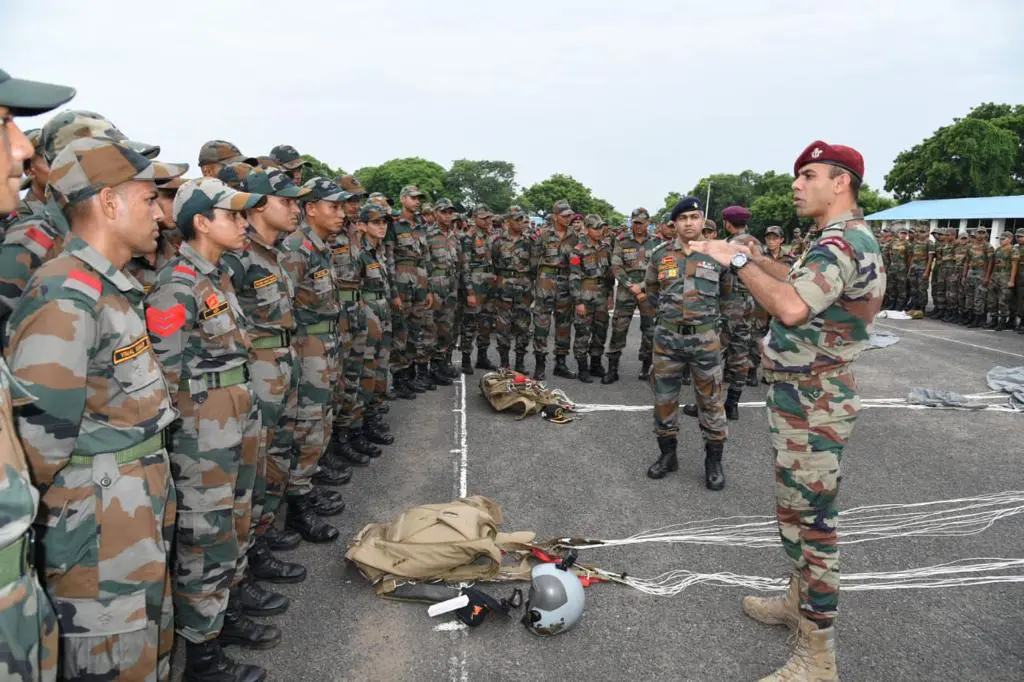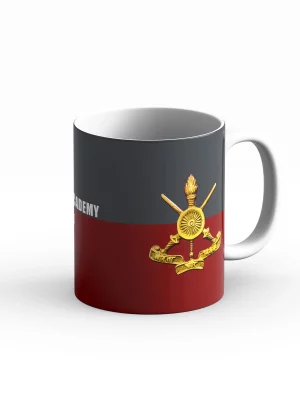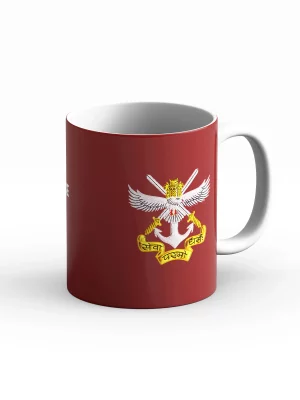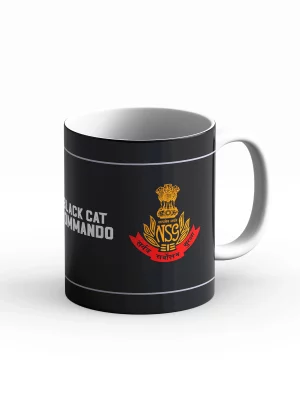The Command Task (CT) is an essential part of the Group Testing (GT) series during the Services Selection Board (SSB) Interview. It closely resembles the Progressive Group Task (PGT) in terms of rules and problem-solving approach but highlights your command and leadership skills even more distinctly.
Below is a thorough breakdown of how the Command Task works, its objectives, and practical tips to help you excel.
1. Purpose and Significance of the Command Task
- Leadership Assessment: It is designed to see how effectively you can plan, delegate tasks, and utilize available resources under pressure.
- Decision-Making: You must select suitable helpers, devise an action plan, and adapt quickly if the plan needs modification.
- Responsibility: As the commander, you are accountable for the success or failure of the mission. The GTO observes whether you maintain composure and resilience when challenges arise.
2. Structure of the Task
- One Obstacle: Unlike PGT, where the entire group faces multiple obstacles, the Command Task usually has a single obstacle or a series of small connected obstacles.
- Helpers: You can call 1-2 helpers, depending on how complex the task is. Some GTOs may say “call as many as you want,” but it’s generally advisable to stick to one or two.
- Rules Remain the Same: The obstacles are color-coded (e.g., White, Black/Yellow, Red) and the Rigidity Rule, Rule of Infinity, Jump Rule, etc., still apply. You must also carry any load and use the helping materials (rope, plank, log) to cross.
3. Choosing Your Helpers
- Select Based on Performance: By the time the Command Task starts, you have seen your group members perform in PGT, HGT, and other tasks. Choose those who are:
- Action-oriented and not afraid to step forward.
- Good at physically handling and placing the helping materials.
- Cooperative and attentive to instructions.
- Avoid Peer Pressure: Some candidates might request that you call them. Remember, the Command Task is not a place for sentiments; pick helpers who will genuinely assist you in completing the task efficiently.
- Stick to 1-2 Helpers: Calling too many helpers can make the obstacle unnecessarily crowded and may confuse your delegation process.
4. Execution of the Command Task
- Plan First:
- Study the obstacle carefully.
- Decide how to utilize the rope, plank, and log.
- Visualize your crossing strategy before speaking.
- Give Clear, Firm Instructions:
- Communicate your plan in logical steps.
- Maintain a commanding tone—firm but not overly harsh.
- Lead by Doing:
- While your helpers provide muscle and assistance, you should also get involved.
- If a bridge or plank needs testing, show initiative by going first or demonstrating confidence in the plan.
- Adapt to Difficulties:
- If your helpers misunderstand you, clarify or demonstrate the task again.
- If the GTO increases the obstacle’s complexity, adjust quickly—never give up.
- Use Helpers as “Hands,” Not “Minds”:
- In the Command Task, your helpers should not be giving solutions.
- Treat them like an extension of the resources—similar to how you would use the rope or plank.
- If they offer unsolicited ideas, politely steer them to follow your plan, as you are the commander.

5. Balancing Work and Commands
- Delegate Tasks: Instruct helpers to hold or move planks, set up the log, or stabilize the rope.
- Participate Actively: You remain fully involved—do not simply stand back and order.
- Be Adaptable: If the helpers are not executing correctly or are confused, step in to demonstrate the correct method.
6. Handling the Role of a Helper
Often, you will also be called as a helper in someone else’s Command Task. When you are a helper:
- Follow Instructions Obediently: Do exactly what the commander says—even if you see a better solution, do not offer it unless asked.
- Stay Safe but Willing: If told to walk on a precarious plank, follow the order unless it blatantly violates rules.
- Maintain Discipline: Your behavior as a helper reflects your respect for hierarchy and ability to cooperate in a team.
7. Additional Tips for Command Task
- Stay Composed: Frustration or yelling at helpers is a red flag for the GTO. Maintain a calm, authoritative demeanor.
- Time Management: Work swiftly—though the task is not strictly timed like some others, efficiency matters.
- Never Give Up: The GTO may keep increasing difficulty to test your persistence and willpower. Keep trying until the last moment.
- Acknowledge Mistakes: If you break a rule or mishandle the obstacle, correct yourself promptly instead of hiding or denying errors.
8. Conclusion
The Command Task is a crucial platform to exhibit your leadership, problem-solving, and resource management skills. By selecting the right helpers, offering clear instructions, actively participating, and handling challenges confidently, you can leave a strong impression on the GTO.
Remember, it’s not only about crossing the obstacle; it’s about showcasing qualities that define an effective leader—decisiveness, empathy, composure, and resilience.












